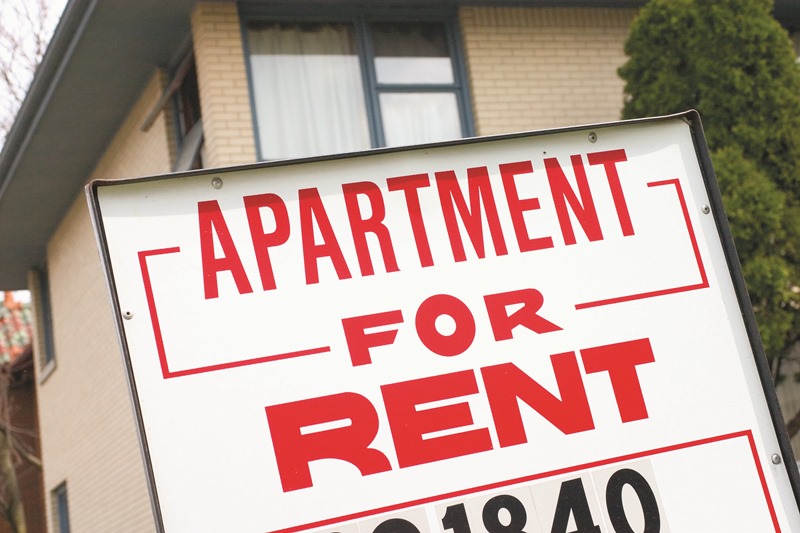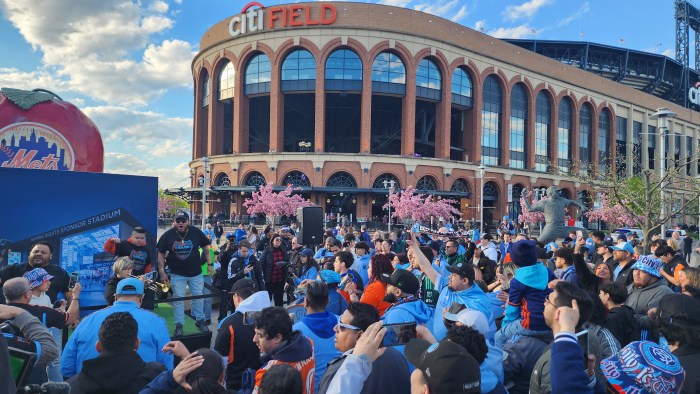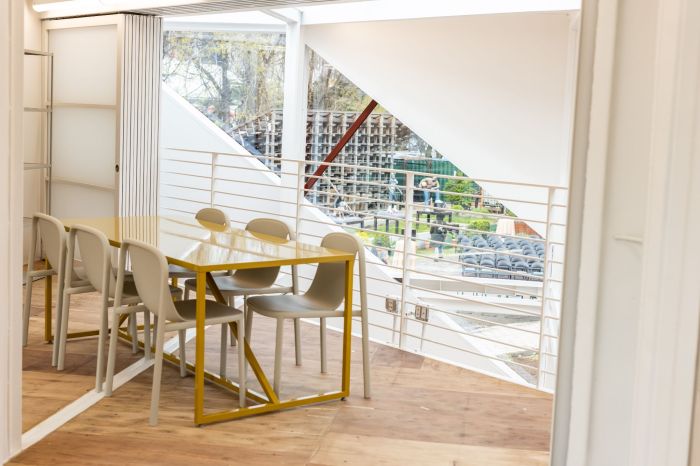Saying “the rent is too damn high” isn’t a laughing matter for many Queens families, according to a report from the Citizens Budget Commission (CBC).
One in four tenant households in the “World’s Borough” are classified as “low-income severely burdened” renters, meaning that they’re paying more than 50 percent of their already paltry income toward housing, as noted in 2014 data gathered and analyzed by the CBC. It was the highest rate of low-income severely burdened renters in the entire city.
Nowhere is this more evident in the report than in Community District 7, which includes much of Flushing and surrounding neighborhoods. More than 18,300 households were classified as low-income severely rent burdened, accounting for 38 percent of the total rental units in the district.
Community Districts 8 (Jamaica) and 9 (Woodhaven/Richmond Hill/Ozone Park) were tied with the next highest percentage of low-income severely rent burdened apartments at 30 percent each. More than 11,900 households were low-income severely rent burdened in Community District 1 (Astoria), but that number accounted for 19 percent of the total units, making it the second-lowest percentage in Queens behind Community District 14 (the Rockaways).
Another 23 percent of rental households in Queens were classified in the CBC report as burdened tenants, paying 30 percent or more of their income toward their rent.
Citywide, the report determined that the high rent burdens faced by low-income tenants was “in large part an income problem.” Single residents, single parents, multi-adult households and seniors make up a large number of the severely burdened, as noted in the report.
A City Data report found that the median income for Queens residents in 2013 was $56,599, but the same report noted that some 409,000 Queens residents made below $60,000 annually.
The commission advised that the city pay particular attention “to single seniors and single parents in targeting programs to address affordability.” Mayor Bill de Blasio’s proposed affordable housing program, announced this past summer, would require developers to allocate up to 30 percent of residential units created for low- and moderate-income New Yorkers. But the plan, which includes “inclusionary zoning” measures to increase housing density in some areas, is opposed by 12 of Queens’ 14 community boards.

































